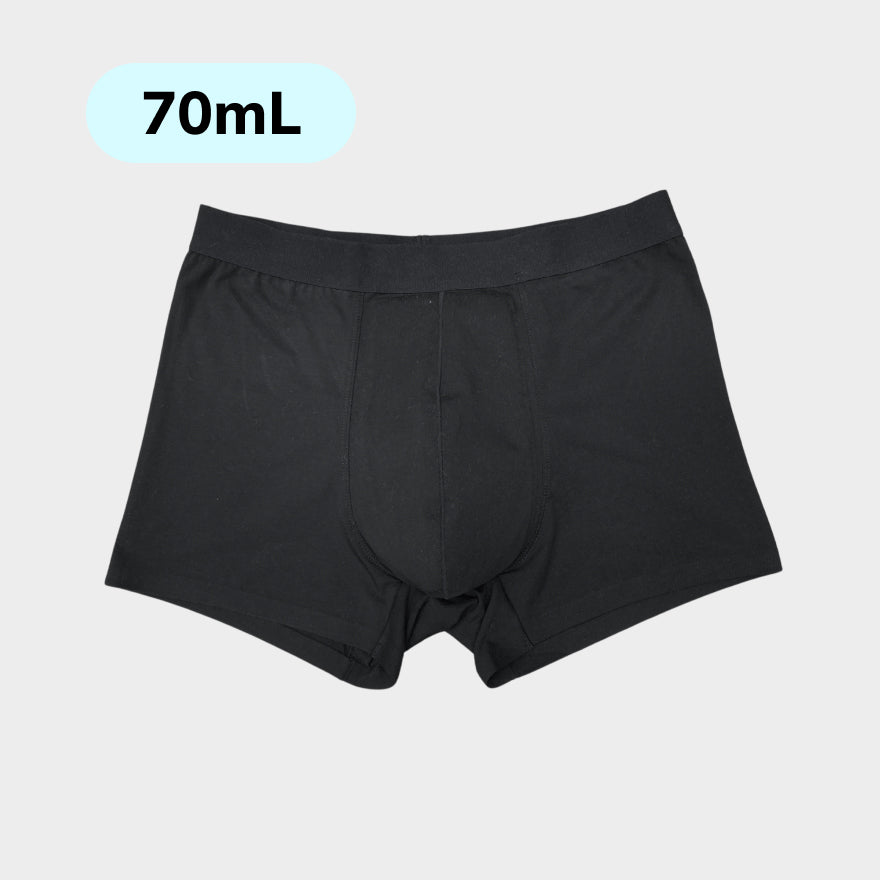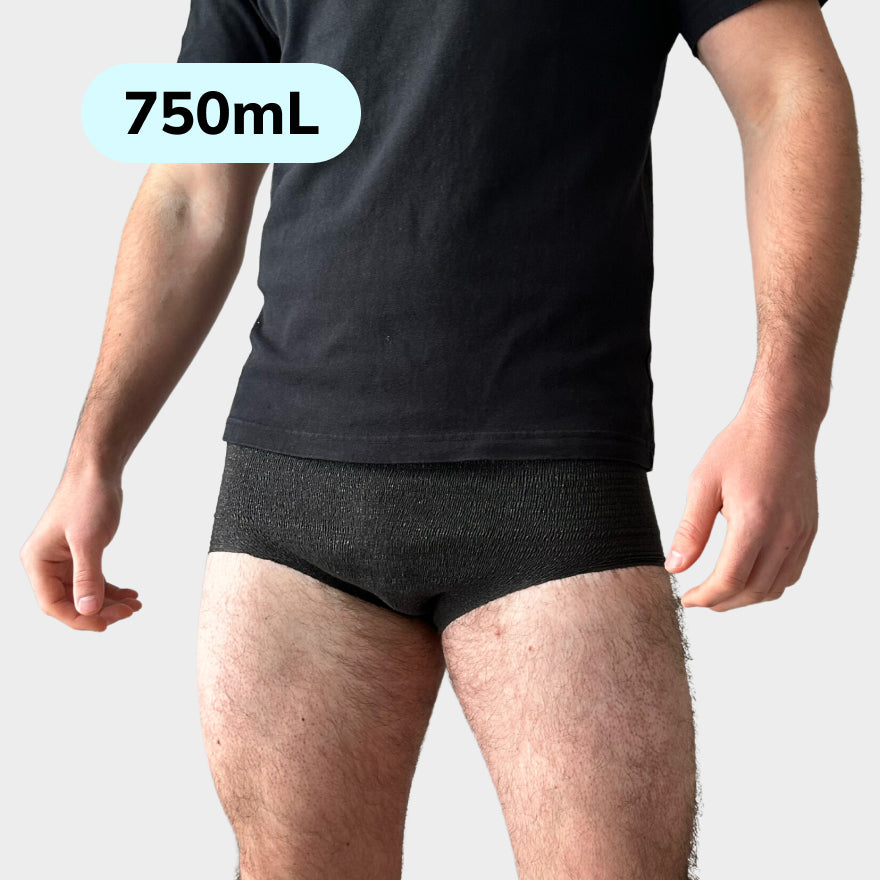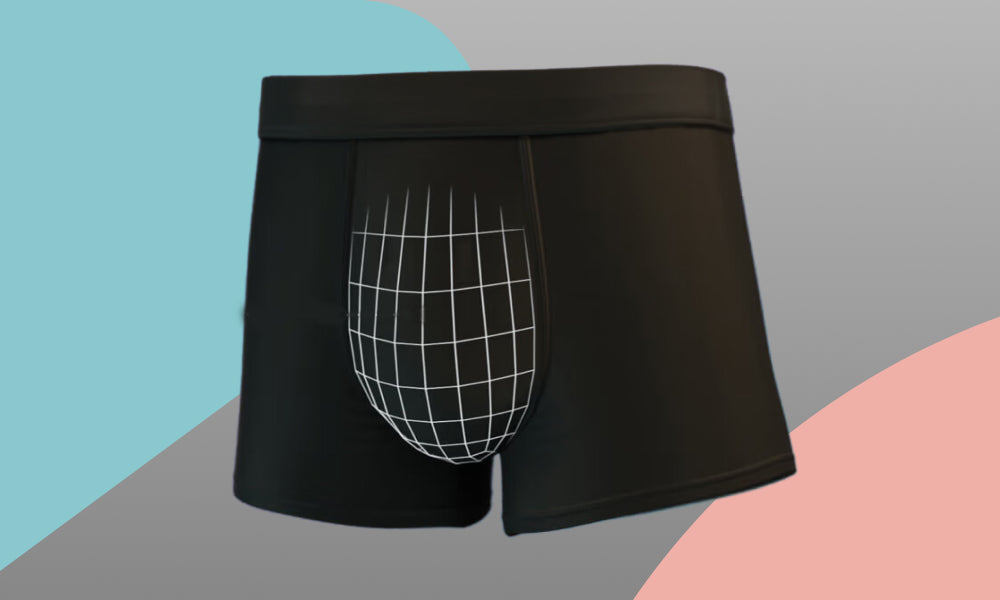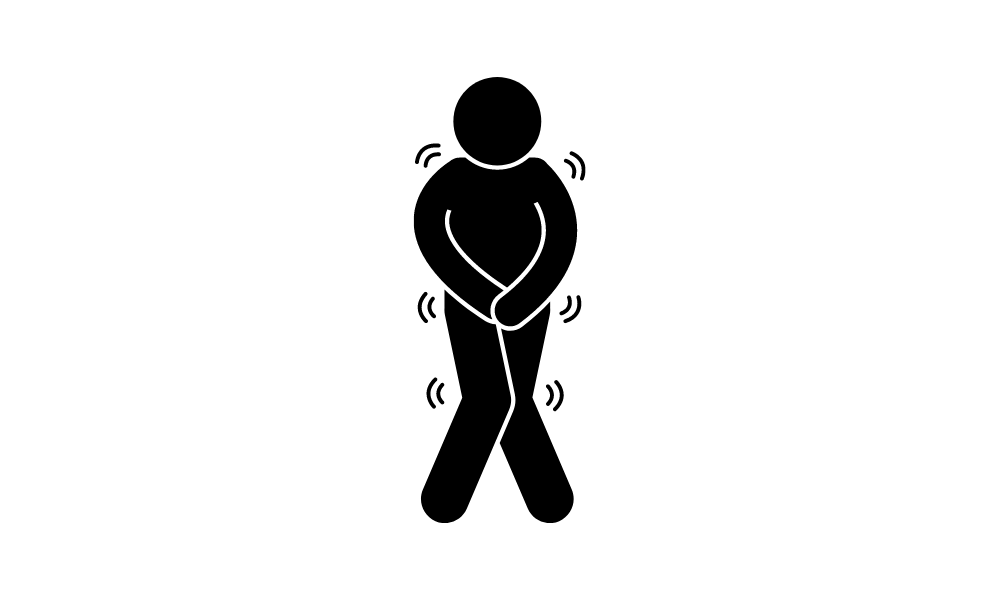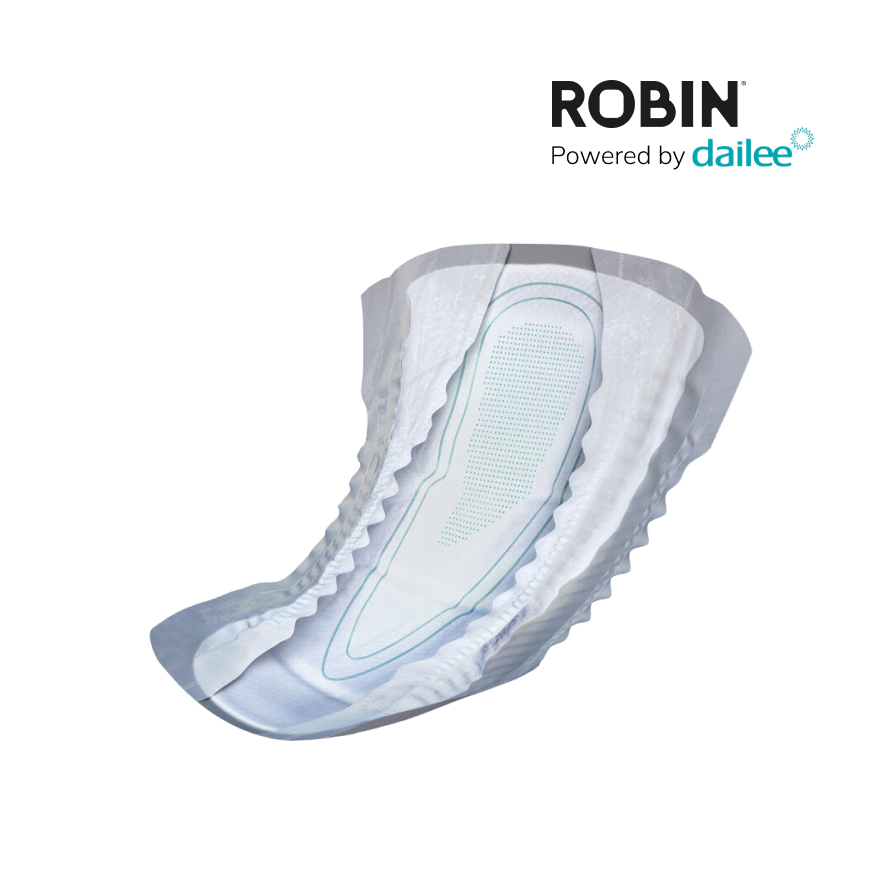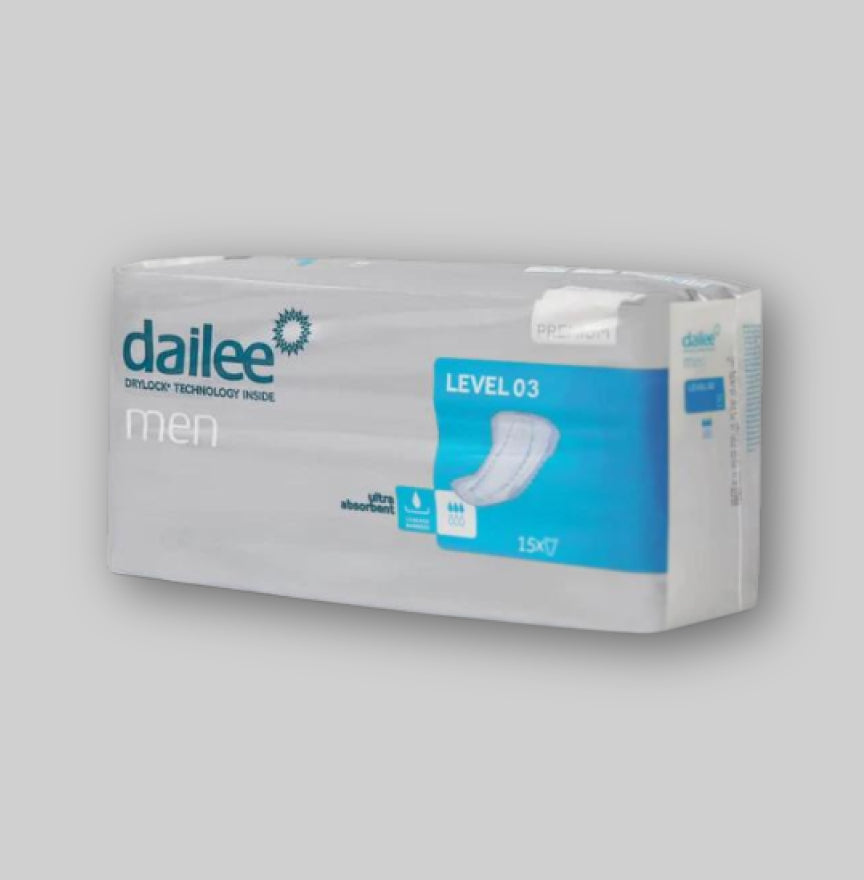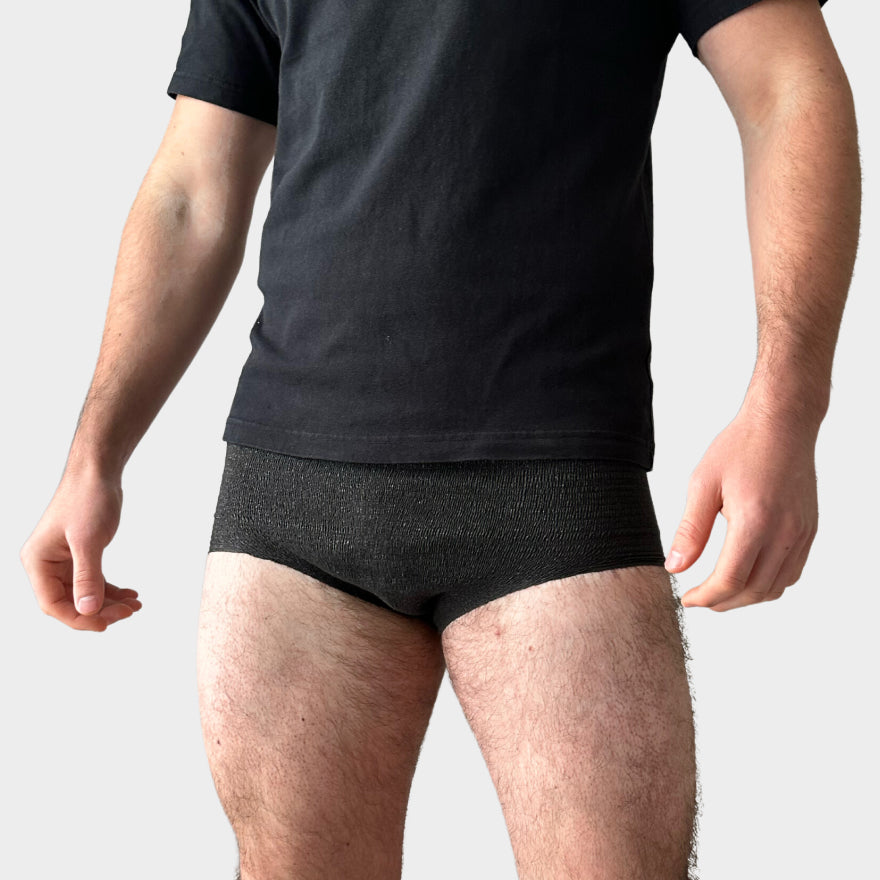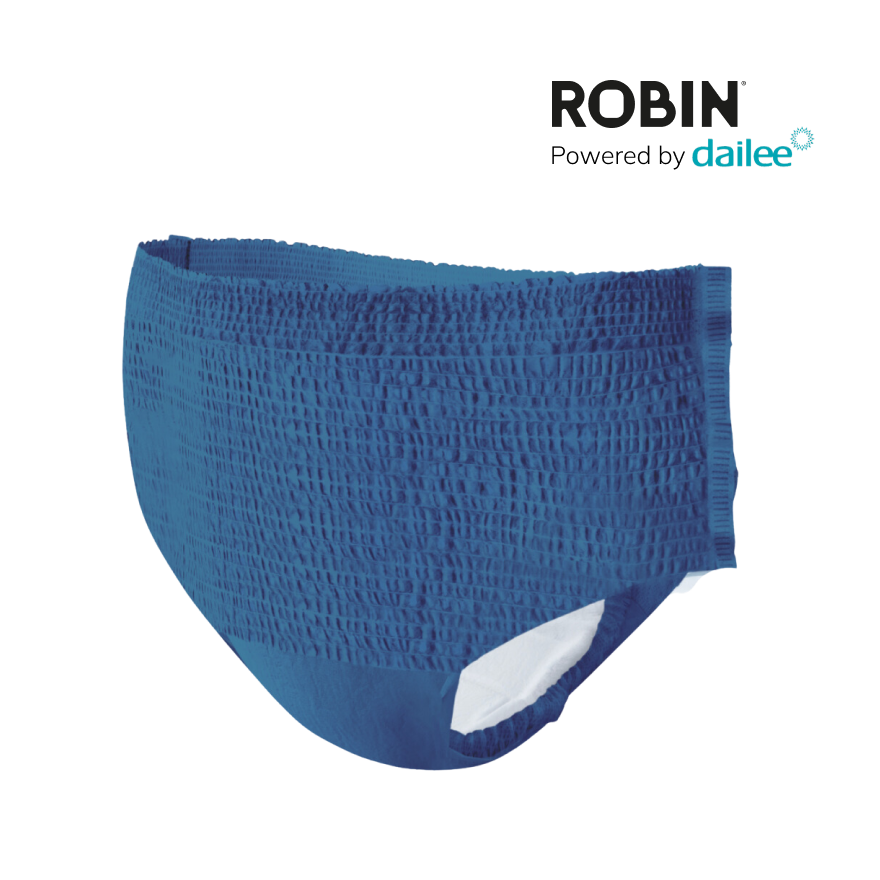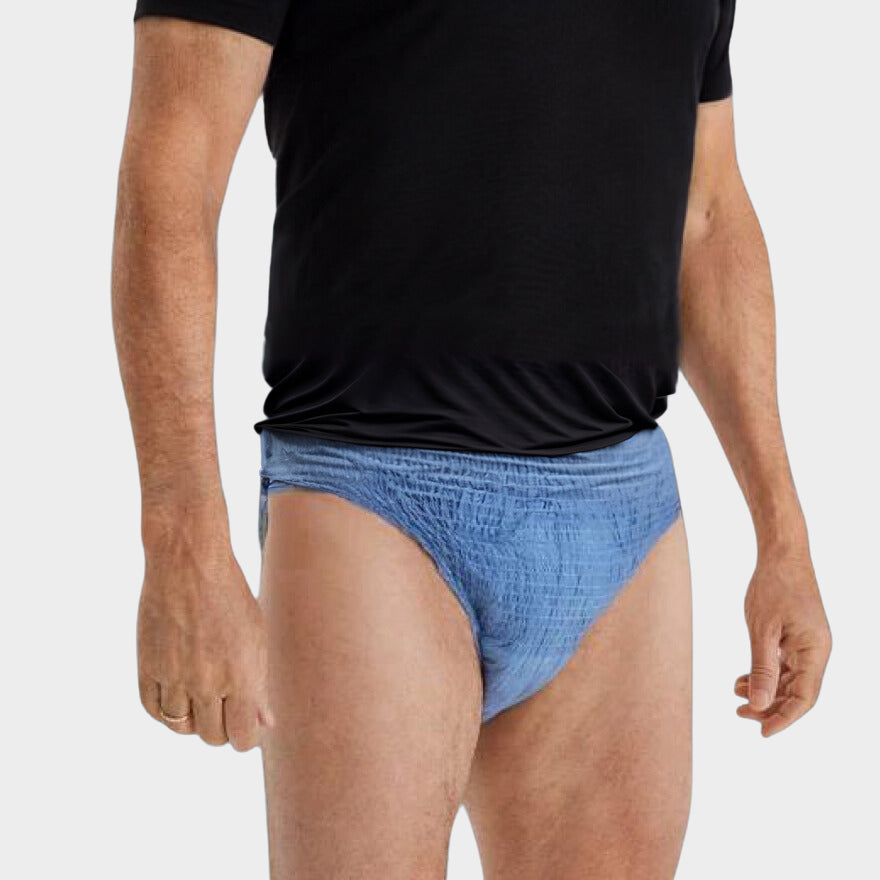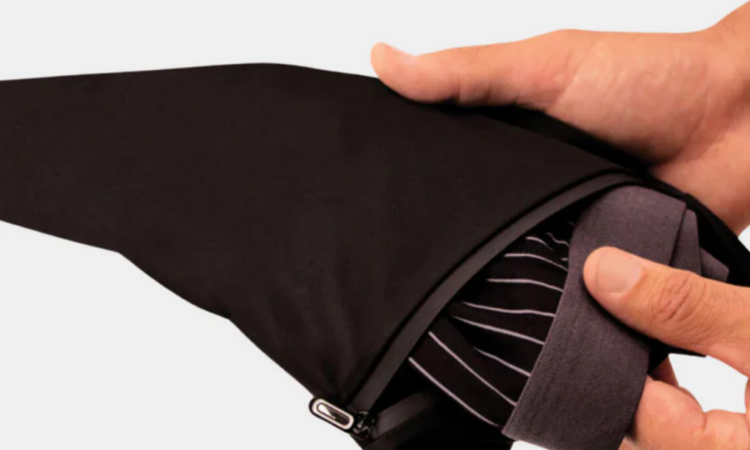Many men experience an increase in frequent urination as they get older. But what exactly does frequent urination mean? If you drink about 1.5 to 2 liters per day, it is normal to have to urinate 5 to 8 times a day. However, do you have to urinate much more often and can you only urinate with difficulty once you get to the toilet and produce a small amount of urine? Then we speak of frequent urination. The medical term for this is pollakiuria.
Urinary problems in men can manifest themselves in different ways. The most common problems are:
1. Frequent urination in men (Pollakiuria)
Many men experience the need to urinate frequently, both during the day and at night (nocturia). This can lead to sleep disturbances and a reduced quality of life.
Frequent urination at night
2. Difficulty urinating in men
Difficulty urinating can manifest as a weak urine stream, a feeling of having to strain to start urinating, or a delayed start of the urine flow. Many men notice that the force of their urine stream is reduced. This can make it take longer to empty the bladder and can cause frustration.
3. Incomplete Emptying of the Bladder
The feeling that the bladder has not been completely emptied after urination can lead to a constant urge to urinate and discomfort in the lower abdomen.
4. Dripping
After urinating, men may experience post-urination dribbling, which is when some urine continues to leak from the urethra after they have finished urinating.
Many men experience the uncomfortable and sometimes embarrassing problem of dripping after urinating. This can not only lead to unwanted moisture stains on clothing, but also to feelings of insecurity and discomfort. Fortunately, there are solutions available to tackle this problem. One of these solutions is the use of anti-leak underwear, such as the washable anti-leak underwear for men from Robin Underwear .
5. Intermittent urination
This means that the urine stream stops and starts several times during urination, making the process uncomfortable and time-consuming.
What Causes Urinary Problems in Men?
There are several causes of urinary problems in men, including:
1. Enlarged Prostate (Benign Prostatic Hyperplasia - BPH)
An enlarged prostate can put pressure on the urethra, leading to obstruction of urine flow and various urinary problems. This is a common cause in older men.
2. Prostatitis
Prostatitis, or inflammation of the prostate, can cause pain and difficulty urinating. It can be either acute or chronic and varies in severity.
3. Prostate cancer
Although less common, urinary problems can also be a symptom of prostate cancer. Regular check-ups and early detection are crucial for treatment.
4. Urinary tract infections (UTIs)
UTIs can cause pain and a burning sensation during urination in men, as well as frequent urination and the feeling of a full bladder.
5. Bladder problems
Bladder problems, such as overactive bladder syndrome, can lead to frequent urination and a sudden, strong urge to urinate.
Diagnostic Methods for Urinary Problems
A correct diagnosis is essential for effective treatment of urinary problems. Some commonly used diagnostic methods are:
- History and physical examination: The doctor will ask questions about your symptoms and perform a physical examination, including a rectal exam to assess the prostate.
- Urine test: This can help rule out infections and other conditions.
- Blood tests: PSA (Prostate Specific Antigen) tests can help detect prostate problems.
- Imaging tests: Ultrasound and other imaging techniques may be used to assess the size and condition of the prostate and bladder.
- Urodynamic testing: This measures bladder pressure and urine flow to identify bladder and urethral problems.
Treatment Options for Urinary Problems in Men
Treatment for urinary problems depends on the underlying cause and the severity of the symptoms. Some possible treatment options include:
1. Medication
For many urinary problems, medications can be effective. Alpha blockers and 5-alpha reductase inhibitors can help with an enlarged prostate, while antibiotics may be needed for infections.
2. Minimally Invasive Procedures
For some prostate problems, minimally invasive procedures such as TUMT (Transurethral Microwave Thermotherapy) and TUNA (Transurethral Needle Ablation) may provide a solution.
3. Surgical Interventions
In more severe cases, surgery may be necessary. Procedures such as TURP (Transurethral Resection of the Prostate) can provide relief from an enlarged prostate.
4. Lifestyle changes
Lifestyle changes, such as reducing caffeine and alcohol, regular exercise, and pelvic floor exercises, can help manage symptoms.
5. Bladder training
Bladder training can help improve bladder control and reduce the frequency of urination.
When Should You Seek Medical Help?
If you are experiencing urinary problems that are affecting your daily life, it is important to seek medical help. Early diagnosis and treatment can prevent complications and improve your quality of life. At Andros Clinics, experienced specialists are ready to help you with the right diagnosis and a personalized treatment plan.
